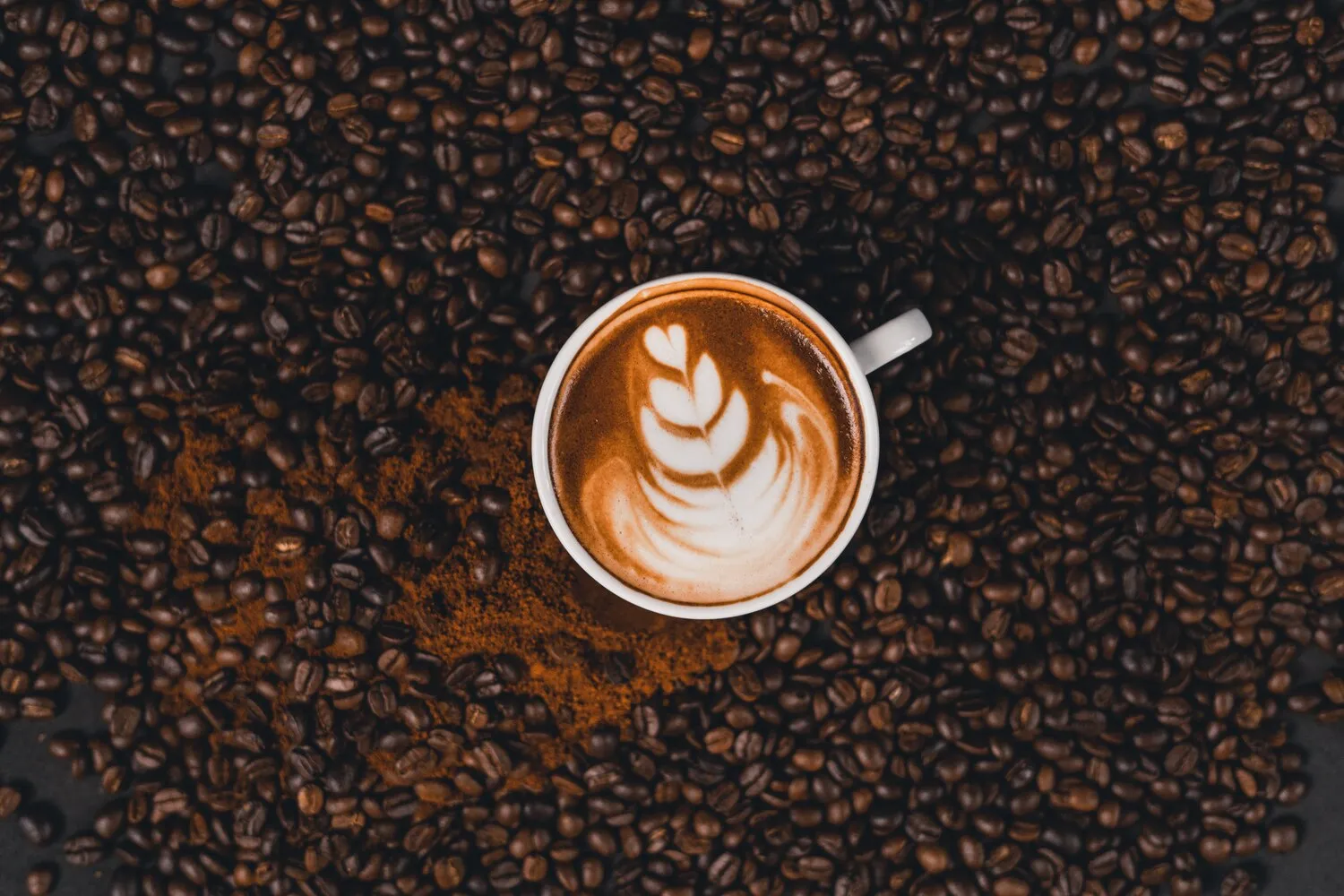
Mimosas
A classic brunch cocktail with sparkling wine and orange juice.
Nutrition Facts
* The % Daily Value (DV) tells you how much a nutrient in a serving of food contributes to a daily diet. 2,000 calories a day is used for general nutrition advice.
The Mimosa cocktail is believed to have originated around 1925 at the Ritz Hotel in Paris. It is often attributed to Frank Meier, a bartender at the hotel. Its simplicity and elegant presentation quickly made it a popular brunch beverage.
Mimosas are strongly associated with brunch culture, symbolizing celebration, leisure, and a relaxed start to the day. They are frequently served at celebratory events, holidays, and social gatherings.
Brunch Staple
Mimosas are a quintessential part of brunch menus worldwide, often offered as bottomless options to encourage socializing and extended meals.
Celebratory Drink
They are commonly served at wedding showers, baby showers, and other daytime celebrations, adding a touch of elegance and festivity.
Social Gathering Accompaniment
The relatively low alcohol content and refreshing taste make Mimosas an ideal beverage for daytime social events, allowing for extended enjoyment without excessive intoxication.
The Mimosa offers a bright, citrusy, and effervescent flavor profile. The sweetness of the orange juice is balanced by the acidity and dryness of the sparkling wine.
The primary flavors are those of fresh orange juice and the underlying notes of the sparkling wine used. Depending on the sparkling wine, there can be hints of apple, pear, brioche, or citrus. The bubbles from the sparkling wine add a light and refreshing texture.
Use Chilled Ingredients
Ensure both the sparkling wine and orange juice are well-chilled before mixing. This prevents the drink from becoming diluted by ice and maintains its refreshing quality.
Choose Fresh Orange Juice
Freshly squeezed orange juice provides a superior flavor compared to store-bought varieties. Avoid pulp for a smoother texture, or include it if preferred.
Select Appropriate Sparkling Wine
While expensive Champagne is not necessary, a dry sparkling wine like Prosecco or Cava will provide a balanced flavor. Avoid overly sweet sparkling wines.
Gently Mix
Pour the sparkling wine into the glass first, then gently add the orange juice. Stir lightly to combine, avoiding excessive stirring which can flatten the bubbles.
Ratio Adjustment
The standard ratio is 1:1 sparkling wine to orange juice, but you can adjust this based on your preference for sweetness and alcohol content. More sparkling wine will result in a drier, more alcoholic drink.
Explore additional Drinks dishes and restaurants
Explore DrinksDiscover top dining spots and culinary experiences in San Francisco.
Explore San FranciscoLearn more about the food culture, restaurant scene, and culinary heritage of United States.
Explore United States